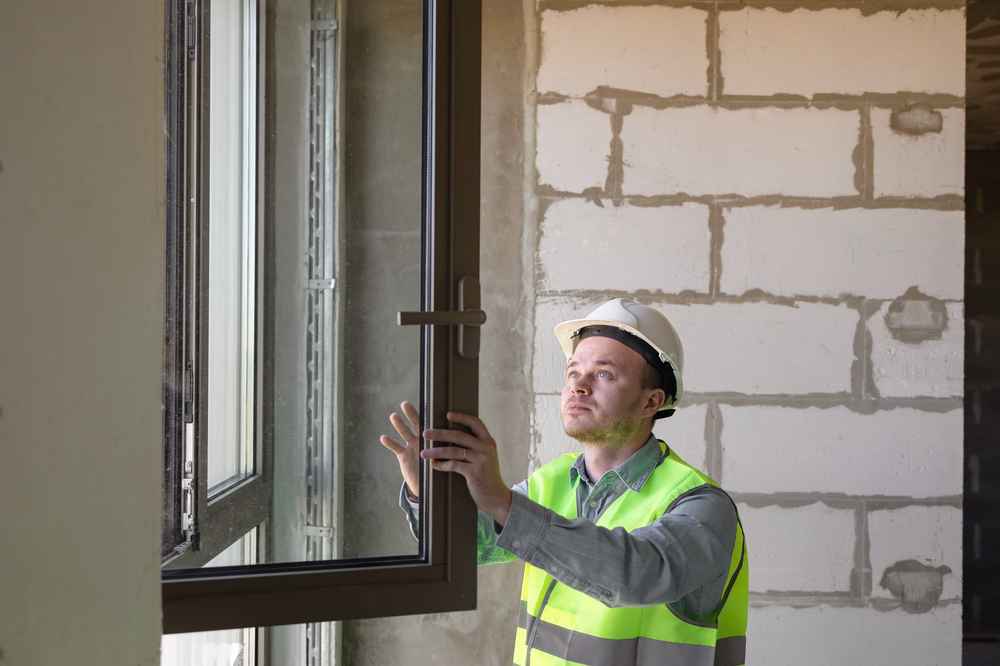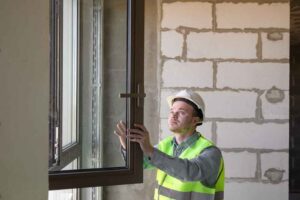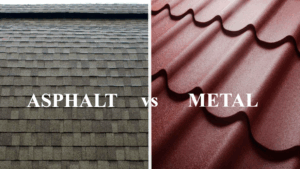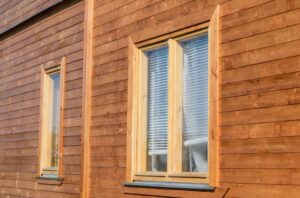Winter in Nebraska doesn’t ease its way in—it charges through with freezing winds, icy air, and those sneaky drafts that somehow slip right past your windows and doors. You feel it first thing in the morning when you walk into the living room and get hit with that unwelcome chill. Or at night, when your heating system is working overtime but the room still feels cold around the edges.
Here’s the thing: your windows and doors are two of the biggest culprits for heat loss in winter, and when they aren’t sealed or insulated properly, your energy bills rise right along with your frustration. The good news? Winter-proofing them is one of the fastest, most effective ways to make your home warmer and more efficient—all without major renovation.
But before we dig into the how-to’s, here are the key points every homeowner needs to know:
Key Takeaways
- Drafty windows and doors can account for up to a third of your home’s heat loss.
- Winterizing isn’t always expensive—many fixes are budget-friendly and highly effective.
- Sealing, insulating, and updating hardware can dramatically reduce drafts.
- Older windows and doors may require replacements for lasting energy savings.
- Professional inspections catch hidden drafts and problems homeowners often miss.
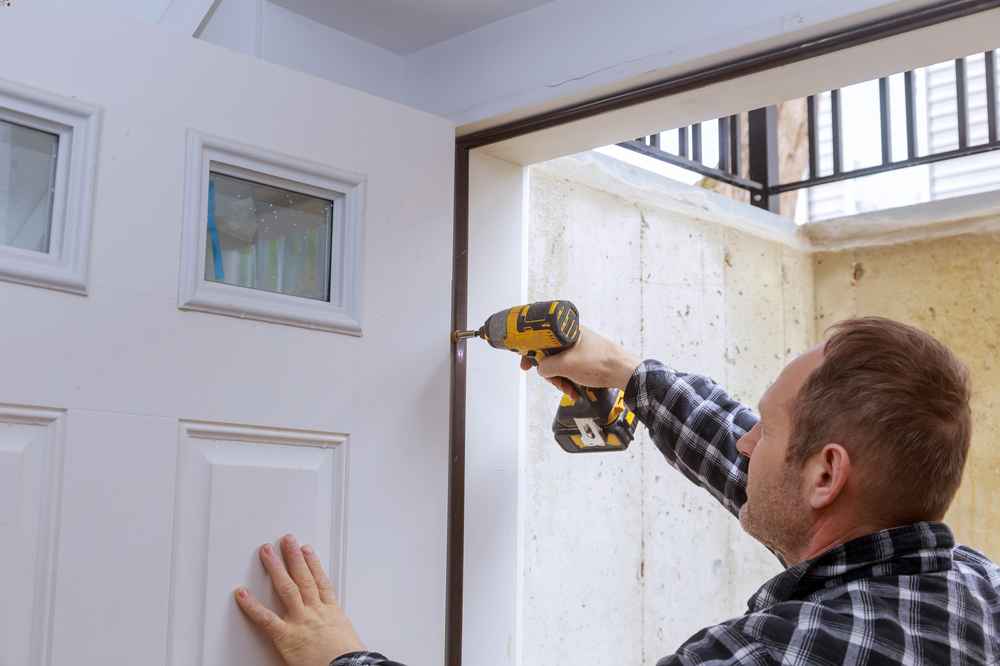
Why Winter Targets Your Windows and Doors First
Windows and doors are the “weak links” in your home’s insulation. They face the harshest conditions—wind, snow, freezing temps—and they’re built with moving parts, which means they naturally loosen and shift over time.
Temperature Swings Create Gaps
In winter, frames shrink. In warmer moments, they expand again. This constant movement wears down seals, breaks adhesives, and opens gaps that didn’t exist before.
Older Materials Struggle the Most
Many Nebraska homes still rely on single-pane windows or older wooden frames. They weren’t designed for today’s energy efficiency standards, and cold air finds its way through cracks you can’t see.
Weatherstripping Naturally Wears Out
What started as a tight seal five or ten years ago has probably thinned, cracked, or flattened. Once that happens, cold air slips in freely around the edges.
Moisture Issues Add to the Damage
Frost or condensation inside your windows is a sure sign your seals aren’t holding. When moisture creeps into the frame, it can warp, rot, or swell—making insulation even harder.
The Hidden Price of Drafty Openings
A cold draft isn’t just annoying—it costs you money. When warm air escapes and cold air enters, your furnace has to work harder to maintain temperature, leading to:
- Higher heating bills
- Colder rooms despite constant heating
- More wear and tear on your HVAC system
- Increased moisture and frost buildup
- General discomfort whenever you’re near a window or door
If you’ve ever avoided sitting near certain spots in your home during winter, your windows and doors are sending you a message.
How to Winter-Proof Your Windows and Doors the Smart Way
Winterizing your home doesn’t always mean tearing out old frames or replacing everything at once. For many homeowners, a few smart fixes can make a massive difference in comfort.
Here’s how to defend your home from winter drafts—step-by-step.
1. Seal Air Leaks with Fresh Caulk
Gaps around your window and door frames are some of the most common sources of heat loss. Over time, caulk cracks or pulls away, leaving openings for cold air to reach your interior.
Re-caulking helps:
- Stop drafts immediately
- Prevent moisture intrusion
- Strengthen long-term insulation
- Improve overall comfort
Caulk both the interior and exterior edges of your frames for best results.
2. Replace Worn or Loose Weatherstripping
Weatherstripping is one of your first lines of defense against winter air. But like anything that gets used daily, it degrades over time.
Common signs of failing weatherstripping:
- Air movement around the frame
- Visible wear, cracks, or peeling
- Loose-fitting doors or windows
- Increased noise from outside
Modern weatherstripping materials are far more effective than older versions, offering a quick and inexpensive upgrade.
3. Add Window Insulation Film for Extra Protection
Insulation film is an excellent winter-only solution for boosting performance without replacing your windows.
Benefits include:
- Noticeable reduction in drafts
- Lower heating costs
- Better temperature stability
- Fast, easy installation
It’s especially useful for older homes with thin or single-pane windows.
4. Install Door Sweeps to Stop Under-Door Drafts
That little gap under your door is a major source of heat loss. Door sweeps seal the bottom edge, preventing cold air from drifting inside. They’re affordable, fast to install, and incredibly effective.
5. Upgrade Your Storm Windows
Storm windows add a second protective layer, creating a buffer zone that slows heat transfer. They’re ideal for:
- Older homes
- Draft-prone rooms
- Homes with original wooden windows
- Spaces facing heavy wind or snow
Storm windows cost far less than full replacements but offer an impressive boost in energy efficiency.
6. When It’s Time, Replace Outdated Windows
Winter-proofing can only go so far if the window or door is past its lifespan. Replacement windows are the most effective long-term solution when you’re dealing with:
- Permanent fog between panes
- Rotting or soft frames
- Air leaks that persist after sealing
- Visible warping or gaps
- Condensation that returns daily
Modern replacement windows offer insulated frames, dual or triple-pane glass, and low-E coatings that make winter comfort far easier to maintain.
7. Don’t Forget About Your Doors
Your doors deserve the same attention as your windows. An aging, warped, or poorly insulated door loses heat just as quickly—even faster if the frame is damaged.
Signs your door may need attention:
- Cold to the touch
- Gaps visible around the sides
- Poor closing or locking
- Light shining through the frame
Upgrading to a well-insulated steel or fiberglass door can significantly boost comfort and efficiency.
Winter-Proofing Essentials at a Glance
(Quick, Actionable Checklist)
- Seal frame gaps with new caulk
- Replace old weatherstripping
- Install insulation film on cold-prone windows
- Add door sweeps for bottom-of-door leaks
- Check for condensation or frost
- Use storm windows where needed
- Inspect for warped or damaged frames
- Consider replacement windows for major drafts
A few of these steps alone can transform the feel of your home during winter.
When to Go Beyond DIY and Call a Pro
Even the best DIY winterizing efforts can’t fix everything. If your windows or doors are showing signs of structural damage, trapped moisture, or persistent drafts, a professional evaluation is worth every penny.
A trained eye can spot:
- Hidden air leakage
- Frame damage behind the trim
- Failing insulated glass units
- Improper installation issues
- Signs of moisture intrusion
Winter is tough enough—your home shouldn’t be fighting against the cold alone.
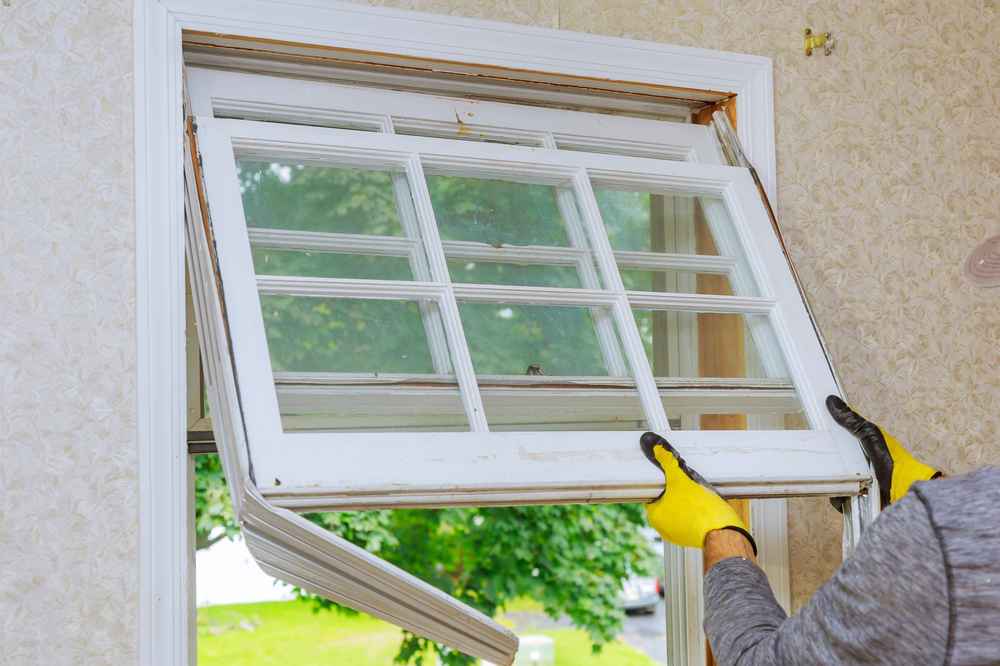
Frost-Fighting FAQ Corner
(Answers to the Questions Homeowners Ask Every Winter)
Why are my windows so cold on the inside?
Cold interior glass usually means your windows lack proper insulation or have weakened seals.
Is window film really worth installing?
Yes. It’s inexpensive, simple, and surprisingly effective for reducing winter drafts.
Can weatherstripping really make a difference?
Absolutely. It’s one of the most impactful and affordable winter upgrades you can make.
Why do I keep seeing condensation?
Condensation forms when warm indoor air meets cold glass. It’s a sign that insulation levels need improvement.
How do I know if it’s time to replace a window or door?
If sealing and weatherstripping don’t fix drafts—or if there’s rot, warping, or fogging—it’s time to upgrade.
Bring Warmth Back Into Your Home This Winter
Winter-proofing your windows and doors isn’t just about lowering your energy bills—it’s about creating a home that feels warm, comfortable, and protected from the harshest months of the year. With the right upgrades, smart sealing, and help from experienced professionals, cold drafts become a thing of the past.
Seal In the Warmth—Your Home Will Thank You
Reach out to Bishop Exteriors in Omaha, Nebraska for expert window and door inspections, repairs, and winter-ready replacements.


